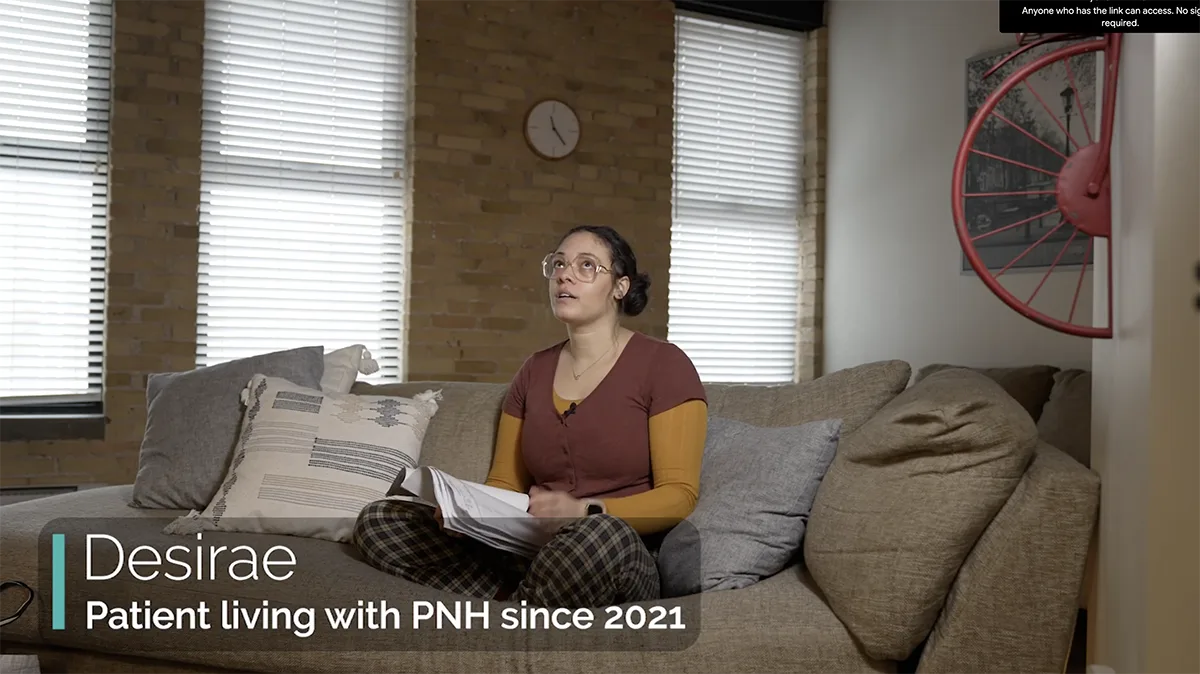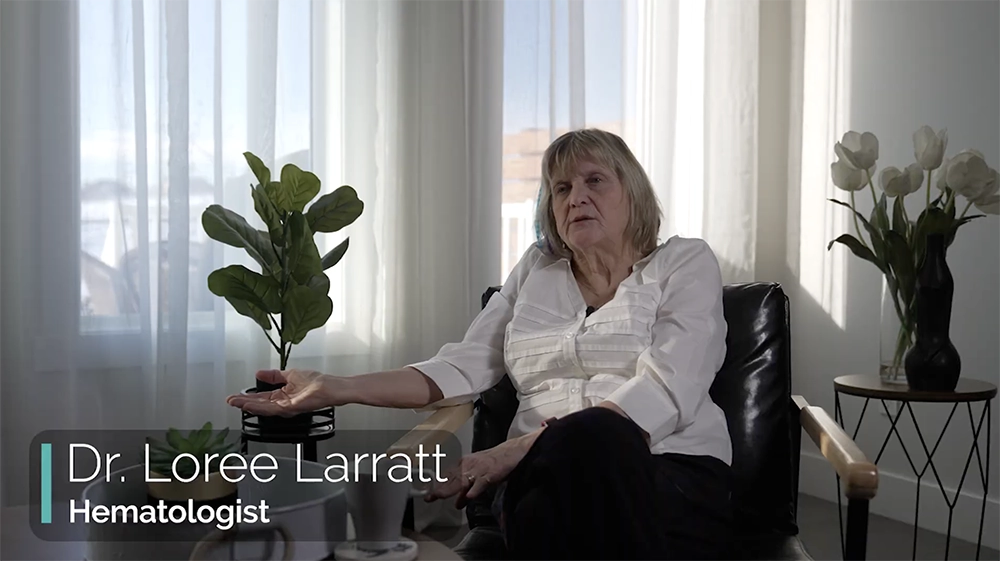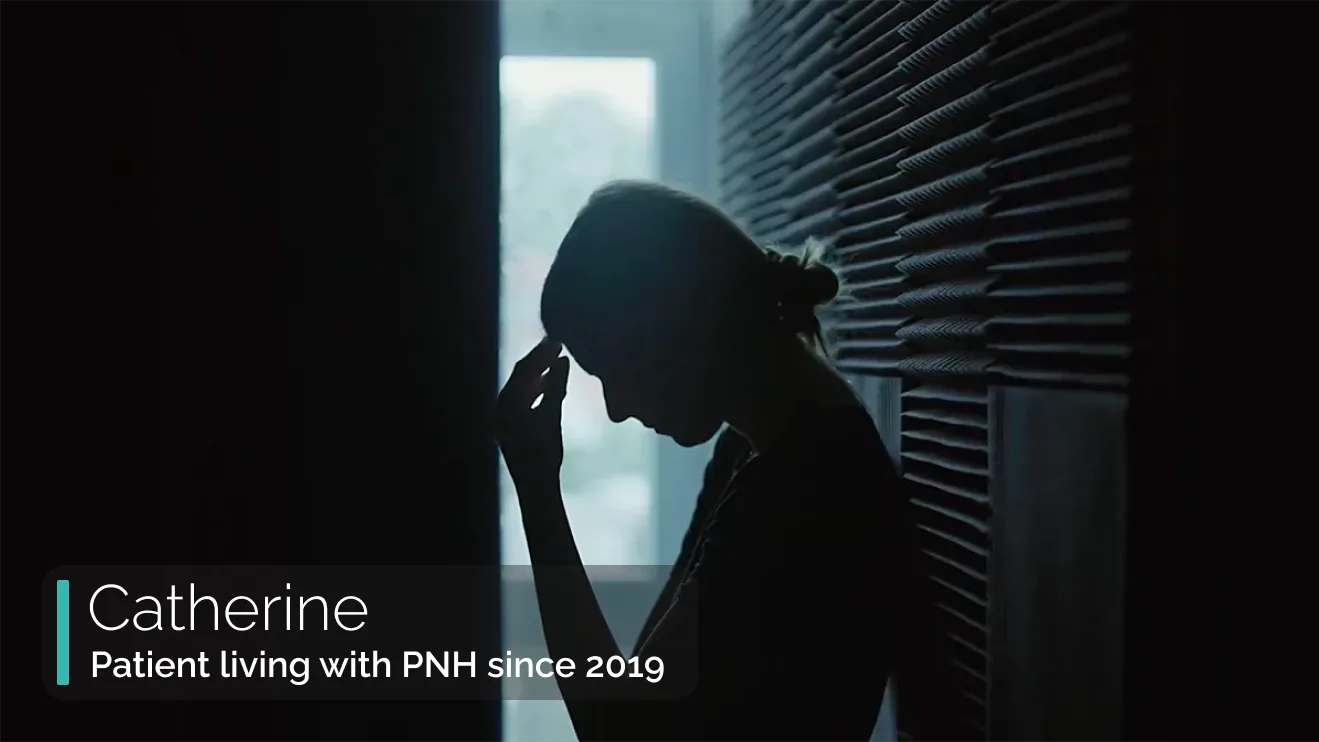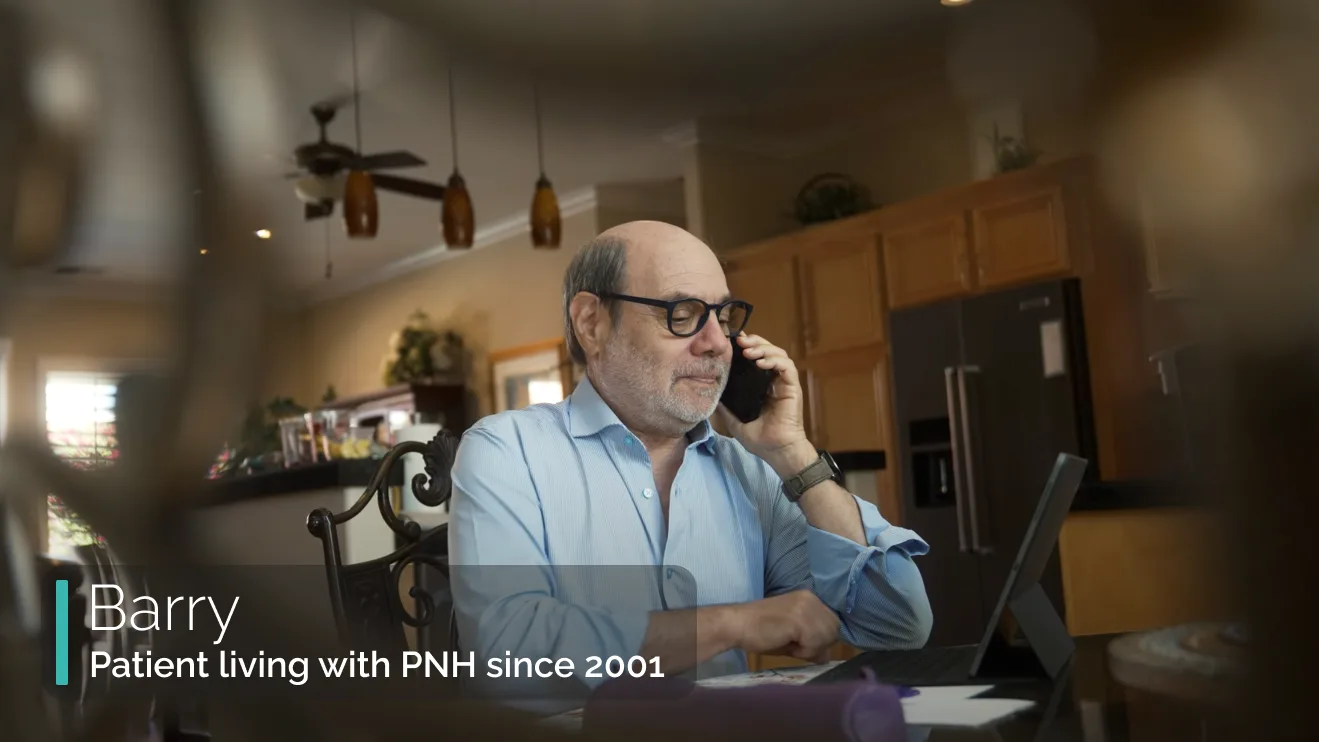Experiencing fatigue, low hemoglobin or regular blood transfusions?
These are signs of a sub-optimal response to PNH treatment.
A sub-optimal treatment response is when your paroxysmal nocturnal hemoglobinuria (PNH) is not being controlled adequately by your current treatment. This can result in PNH symptoms that persist or reappear. But it doesn't have to stay this way.
Learn more about sub-optimal response and how it's managed through the experiences of real patients and physicians.
When is it a sign of a sub-optimal response?
Fatigue, low hemoglobin and regular blood transfusions are just a few of the signs and symptoms of a sub-optimal response to your current treatment.

What are the treatments for a sub-optimal response?
Medications used to treat a sub-optimal response work differently than those used as a first treatment.

How do you talk to your doctor about your sub-optimal response symptoms?
How you feel is as important as your blood test results when it comes to recognizing a sub-optimal response.

See how Catherine navigated a sub-optimal response
When Catherine experienced a sub-optimal response, she learned everything she could about PNH in order to advocate for a different treatment.

Watch how Barry advocated for his PNH
Even before Barry was diagnosed with PNH, he discovered that it was important to be prepared for appointments and persistent in the search for answers.
